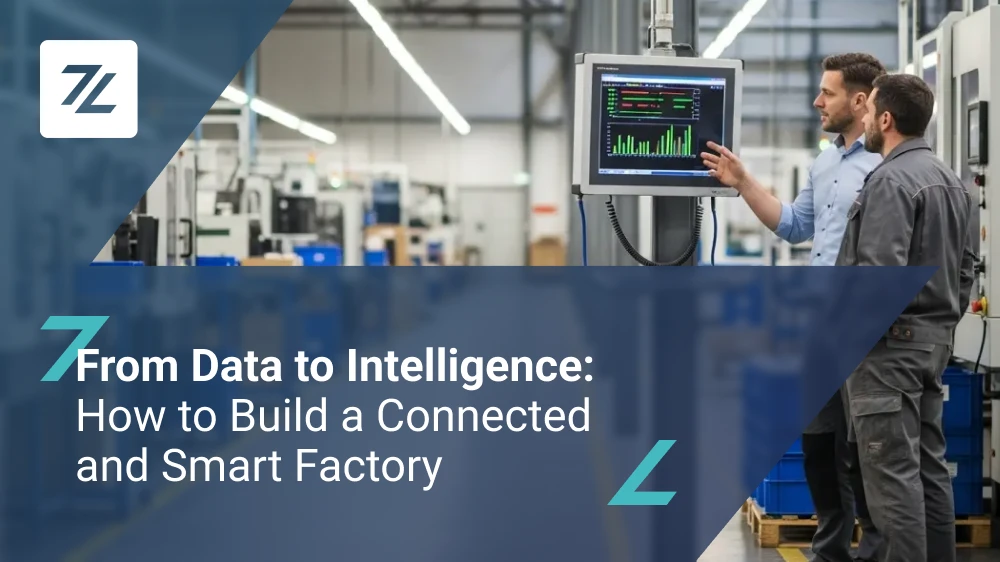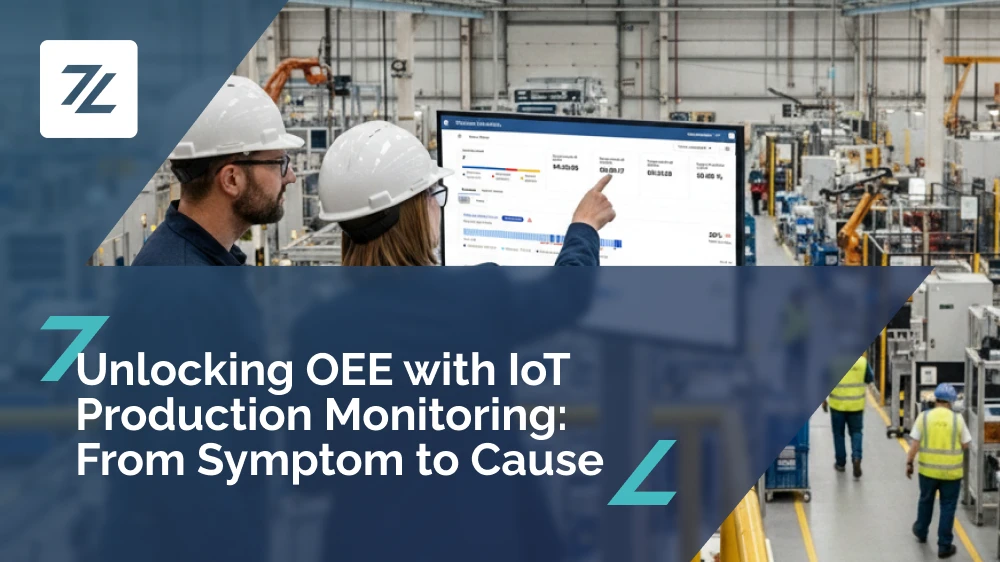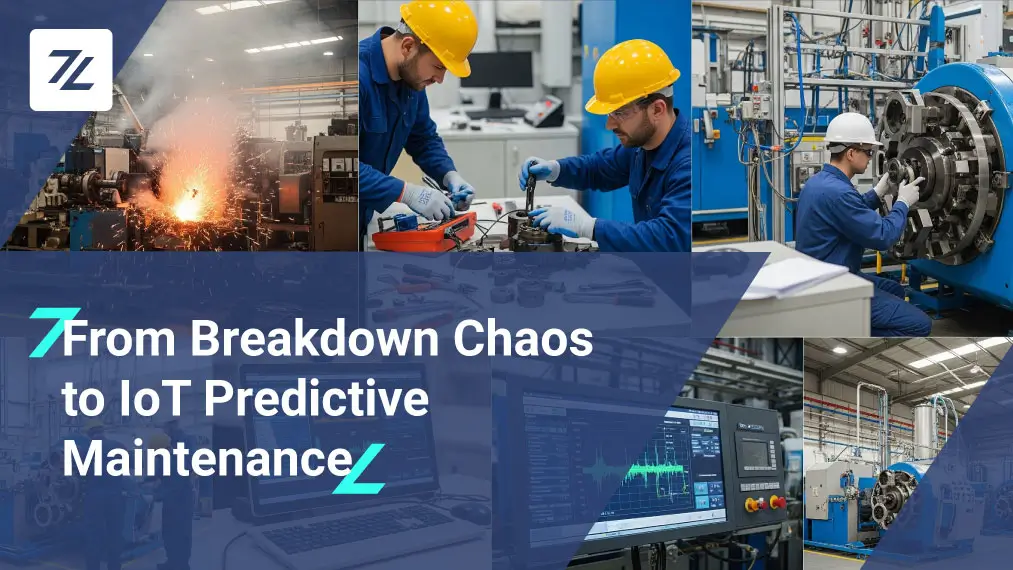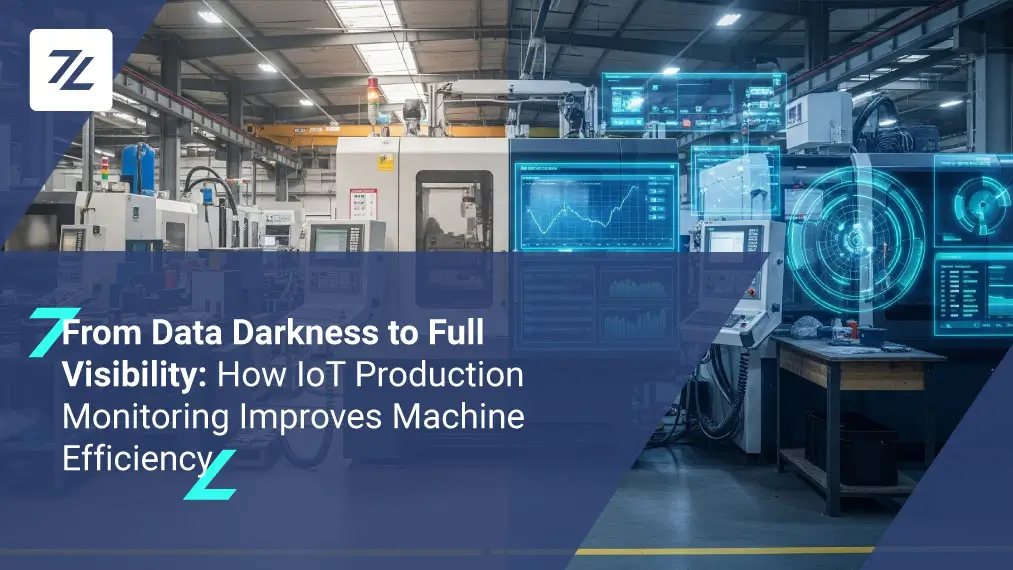Monitoring temperature throughout the entire cold chain is essential to ensure food safety, reduce waste, and comply with regulations. Even brief interruptions can compromise quality, health, and company reputation.
What Is the Cold Chain and When Does It Start?
The cold chain encompasses the processes and tools that keep perishable foods at controlled temperatures, from production to sale. Each stage of the food supply chain — processing, transportation, storage, and distribution — must guarantee consistent and traceable thermal conditions, making cold room temperature monitoring and cold storage monitoring systems vital components of effective cold chain monitoring.
What Happens If the Cold Chain Is Interrupted?
Even a short interruption in the cold chain monitoring can:
- Alter taste, texture, and appearance
- Reduce nutritional value
- Promote the growth of bacteria and pathogens
Why Is Monitoring the Cold Chain Essential for Food Safety?
Monitoring the cold chain allows companies to ensure their products meet food safety standards, preventing spoilage and contamination. In particular, cold room temperature monitoring helps avoid:
- Contamination
- Food waste
- Costs associated with product recalls
- Damage to brand reputation among customers and consumers
How Does Monitoring Contribute to Sustainability?
Proper cold chain monitoring also helps reduce food waste and improve supply chain efficiency, yielding real environmental benefits. According to the FAO, about one-third of food produced globally is lost or wasted. Intelligent control through cold storage monitoring systems means:
- Extending food shelf life
- Preventing waste
- Lowering the environmental impact of production
What Are the Regulatory Requirements for Food Temperature Control?
European regulations, such as Regulation (EC) No. 852/2004, require compliance with documented hygiene and sanitary conditions. Every company must:
- Adopt cold chain monitoring systems
- Collect and keep data traceably
- Provide reports during official inspections
- Demonstrate compliance with HACCP guidelines
How to Monitor the Cold Chain Simply and Smartly? Discover Zerynth’s Wi-Ref
Zerynth developed Wi-Ref, a plug-and-play solution designed to guarantee continuous, simple, reliable, and scalable cold chain monitoring.
How Does Wi-Ref Work?
The system relies on wireless IoT devices equipped with sensors that detect temperature and humidity in real time.
Data is securely transmitted to the cloud and accessible anytime via a remote dashboard.
What Installation Benefits Does Wi-Ref Offer?
Wi-Ref stands out for its easy installation, thanks to wireless sensors that require no complex wiring or structural changes to existing environments. This allows quick integration without disrupting ongoing operations, even in already active facilities, ensuring continuous cold chain monitoring without inconvenience.
What Are Wi-Ref’s Operational and Strategic Advantages?
Beyond simple measurement, Wi-Ref enables:
- Customizable temperature and humidity thresholds
- Automatic alerts if set limits are exceeded
This allows rapid response to faults or anomalies, preventing product spoilage.
The cloud dashboard also offers:
- Detailed reports
- Complete data logging
- Analysis tools supporting operational management and traceability
Automating cold storage monitoring systems reduces human error and time spent on manual checks, boosting staff efficiency and improving record quality.
Why Invest in a System to monitoring the cold chain for food companies?
Adopting cold storage monitoring systems like Wi-Ref is not just a technical choice but a strategic decision combining technology, quality, and competitiveness. In a market increasingly focused on transparency and safety, controlling the cold chain means:
- Building trust with retailers and consumers
- Demonstrating real commitment to sustainability
- Enabling scalable and flexible growth
Wi-Ref suits any context, from small artisanal labs to large industrial plants.
What Direction Should You Take?
Digitalizing the cold chain is no longer optional but a priority for food companies aiming to lead in an evolving market.
Monitoring the cold chain is more than control — it’s a valuable commitment to consumers, the environment, and the company’s future.
Solutions like Wi-Ref are essential allies to meet these challenges with technology, reliability, and simplicity.






